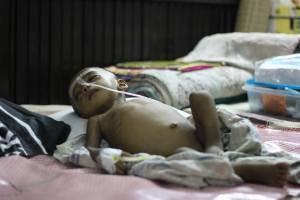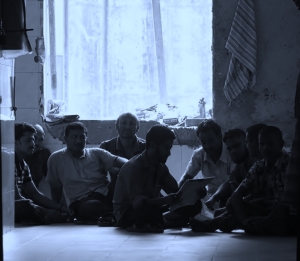
https://www.facebook.com/pages/Moments-Photography-by-Ratul/1424683884465249?ref=br_tf
The fact about chemotherapy is that it works. However, the treatment compromises the immune system of patients and leaves them susceptible to ‘blood poisoning’ (septicemia).
“Our main challenge with battling cancer in children is not the cancer itself,” says doctor Farida, a resident at the Pediatric Hematology and Oncology Department of Bangabandhu Sheikh Mujib Medical University. “The main cause of mortality and hemorrhage in infants is septicemia. We have to be extra careful because chemotherapy at a hospital means the patient is always at high risk of contracting infections,” she explains.
Worldwide, one-third of people who develop sepsis die. Almost 20 percent of patients who develop sepsis after surgery die. Cancer patients are nearly ten times more likely to develop sepsis than patients without malignancy.
References:
1) Sepsis Alliance
2) Danai PA, Moss M, Mannino DM, et al. The epidemiology of sepsis in patients with malignancy. Chest. 2006;129:1432–1440



